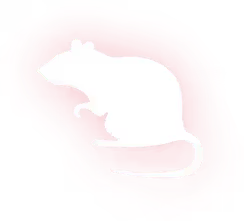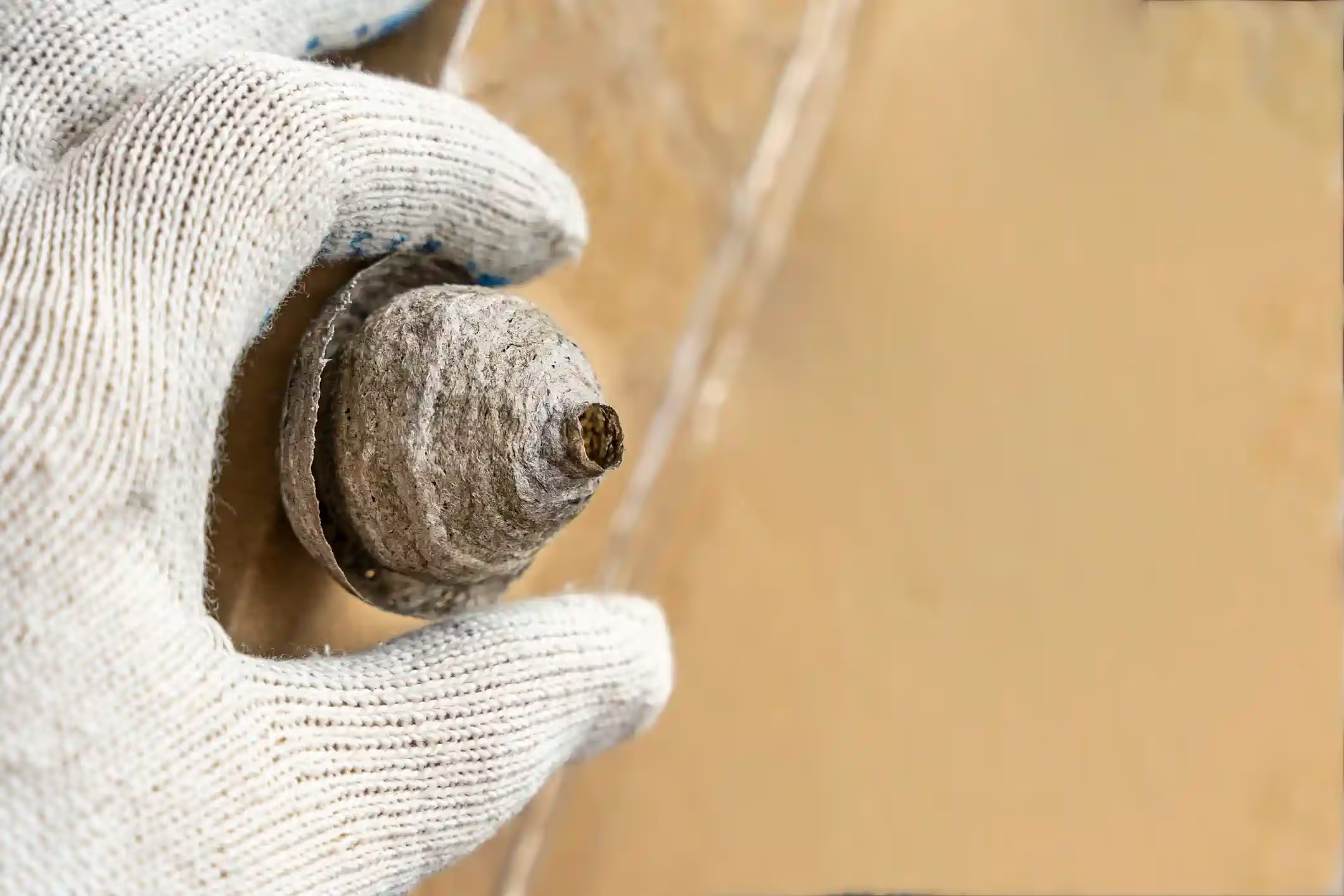

Wasp Nest Removal in Hudson, TX
Safe wasp nest removal in Hudson, TX from Spot On Pest Control, LLC. Eliminate threats fast. Contact today to book your professional removal service.

Spot On Pest Control, LLC offers professional wasp and hornet nest removal services throughout Hudson, TX. Wasps and hornets are common in the area, and a single nest can quickly become a safety hazard for homes, yards, and families. This page explains how to identify nests, what removal looks like, emergency response and occupant safety protocols, the chemical and physical options pros use, prevention strategies tailored to East Texas conditions, and how seasonal scheduling helps keep nests from returning. The goal is to give clear, expert guidance so you can decide how best to protect your property and household.
Why wasp nest removal matters in Hudson, TX
Hudson’s warm, humid climate and abundant trees and shrubs create ideal nesting sites from spring through fall. Wasp activity peaks in late summer when colonies are largest and defensive behavior increases. Nests located near entry points, children’s play areas, pools, or HVAC intakes present elevated risk. Timely, professional removal reduces sting incidents, prevents structural damage in attics and wall voids, and eliminates recurring nesting in the same location.
Common species and typical nest locations
Understanding which species you’re dealing with helps determine the safest removal method.
- Paper wasps – umbrella-shaped nests under eaves, porch ceilings, sheds
- Yellow jackets – ground nests in lawns, compost piles, or wall voids
- Bald-faced hornets – large, football-shaped paper nests in trees or shrubs
- Mud daubers – small, solitary nests of mud on overhangs and garages

Common trouble spots in Hudson homes:
- Soffits, eaves, and porch ceilings
- Attics and wall cavities (especially in older houses)
- Ground-level holes in yards and mulch beds
- Vegetation near play areas and outdoor living spaces
- HVAC intakes and outdoor unit covers
How to identify an active nest
Look for these signs before attempting any approach:
- Visible nest structure with ongoing wasp traffic
- High insect activity at dawn or dusk
- Yellow jacket behavior: frequent ground entry/exit
- Increased wasp presence near doors, windows, or food sources
- Agitated insects when people or pets approach
If a nest is hidden in a wall or attic, you may hear buzzing or find wasps entering small vents or gaps.
Inspection and risk assessment process
A professional inspection starts with a safety-focused assessment:
- Identify species and nest size to determine aggression level
- Map nest location relative to household activity (doors, vents, play areas)
- Check for secondary nests or satellite burrows
- Evaluate accessibility for safe removal and decide on method: chemical treatment, physical removal, or a combination
Timing is critical. Most control methods are safest at dusk or night when insects are less active and clustered inside the nest.
Removal methods: chemical and physical options
Both chemical and physical methods are standard. Choice depends on species, nest location, and safety constraints.
Chemical treatments
- Aerosol foams and sprays designed for wasp nests deliver insecticide directly into the nest entrance and cavity. Used at night with full protective protocols.
- Insecticidal dust is preferred for ground nests or wall voids. Dust adheres to wasps and spreads through the colony.
- Residual treatments applied around eaves and entrance points reduce reinfestation risk.
Physical removal
- After treatment and confirmation of inactivity, nests can be physically removed and bagged to prevent reuse or scavenging.
- Ground nests may be excavated and treated with dust before removal.
- Mechanical vacuuming with wasp-specific vacuums is sometimes used to remove insects without chemical residues.
Safety-first approach
- Professionals use full personal protective equipment including bee suits, gloves, and head protection
- Removal is performed at low-activity times (dusk or night)
- Proper disposal of nest material is standard practice
Emergency response protocols for active threats
When a nest poses an immediate danger:
- Keep occupants and pets away from the area; establish a safe perimeter
- If a nest is disturbed and people are being attacked, prioritize getting everyone indoors and away from the swarm
- Turn off nearby HVAC intakes to prevent insects from entering the home
- For anyone showing signs of severe allergic reaction – difficulty breathing, swelling of face or throat, dizziness, or loss of consciousness – seek immediate medical attention. Do not delay
Safety measures for occupants during removal
- Evacuate outdoor spaces within 50 to 100 feet of a large nest; closer for highly aggressive species
- Keep children and pets inside until the area is cleared
- Temporarily close windows and doors near the removal site to prevent wasps entering the home
- If the nest is attached to an occupied structure (porch, attic), consider vacating nearby rooms during treatment
Prevention tips for Hudson homes
Long-term prevention reduces the need for repeat removals:
- Seal gaps, vents, and soffits with screens and caulk to block entry into attics and wall voids
- Trim back tree branches and shrubs that provide cover near eaves and rooflines
- Reduce ground-level nesting attractiveness: maintain turf, avoid deep mulch layers, and cover compost piles
- Remove outdoor food sources: tightly seal trash, cover grills, and minimize sugary drinks and uncovered food during outdoor activities
- Install decoy nests or artificial wasp decoys in low-risk areas; many paper wasps avoid building nests near another colony
- Schedule spring inspections to spot early nest-building before colonies expand
Seasonal scheduling for effective control
- Spring (March – May): Early inspections and removal of small nests before colonies grow. Good time for sealing entry points
- Summer (June – August): Peak activity and highest risk. Active monitoring and targeted treatments are often required
- Fall (September – November): Colonies die off as temperatures drop; late-season aggressive nests should still be addressed if active. Remove abandoned nests to reduce future reuse and for inspection
- Winter: Safe time to remove old nests from eaves and attics and make structural repairs
Final benefits and maintenance advice
Professional wasp nest removal in Hudson, TX reduces immediate sting risk, prevents structural intrusion into attics and wall voids, and lowers the chances of repeat nesting. Pair removal with seasonal inspections and simple property maintenance to keep nests from returning. Regular attention in spring and proactive sealing and landscape management will protect family spaces through Hudson’s long, warm seasons and humid climate.
If a nest is near high-traffic areas, involves an aggressive species, is inside wall or attic spaces, or if anyone in the household has a severe allergy, prioritize professional assessment and removal according to the safety protocols outlined here.
Your First Step to a Sting-Free Season
If you're looking for a reliable team that offers effective wasp nest removal along with expert prevention, Spot On Pest Control, LLC is here to help. Whether you're exploring Maintenance Plans, considering Financing Options, or want to take advantage of a Special Offer, we provide safe, strategic removal services tailored to Hudson’s unique climate and pest conditions. Reach out today and enjoy peace of mind in your outdoor spaces.
Our Services
Our pest control services cover ants, termites, bed bugs, rodents, mosquitoes, and other common pests, with customized solutions for both residential and commercial properties.
.png)


